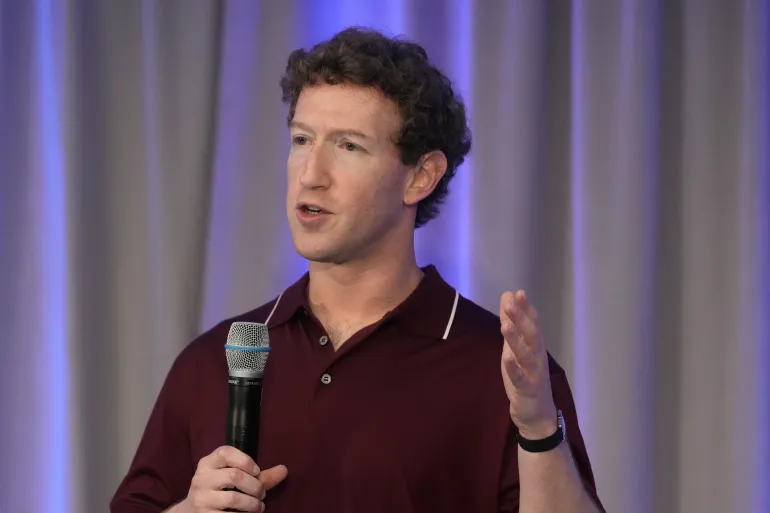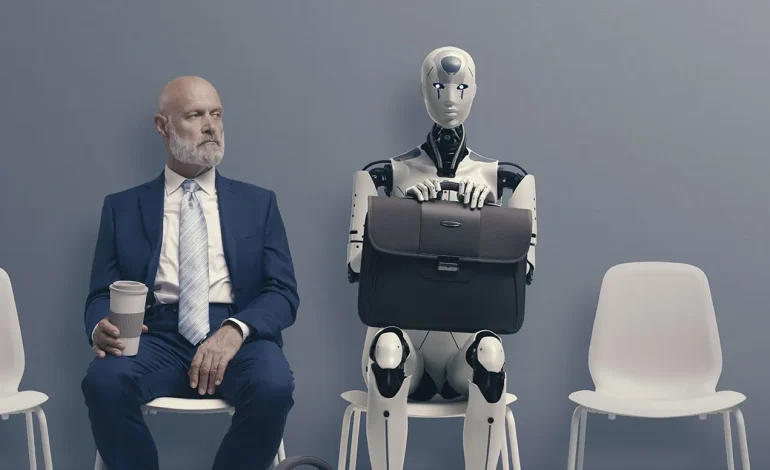As generative AI becomes increasingly embedded in daily work, employees across the US are grappling with both its potential and its pitfalls, Vox reports.
While some welcome the technology’s assistance, others worry about its impact on job security. But experts and analysts agree: whether you embrace AI or not, it’s already reshaping the workplace — and learning to use it could be one of the best defenses against job disruption.
Although AI tools like ChatGPT and Claude have been known to make factual errors, they’re quickly becoming essential in many white-collar jobs. A recent Gallup poll found that 42% of American workers use AI at least a few times per year, with 19% using it multiple times per week. While only 9% of manufacturing and frontline workers use AI regularly, the figure jumps to 27% among white-collar professionals.
Despite these adoption rates, anxiety remains high. A Pew survey from February revealed that more than half of US workers worry about AI threatening their jobs. The concern is especially acute for those in administrative and routine-based roles, where automation risk is highest.
Major companies are responding to the rise of AI by restructuring their workforces. Microsoft and Amazon have laid off thousands of employees in recent months as part of shifts toward AI-focused operations. Meanwhile, some industry leaders predict even more drastic changes: Anthropic CEO Dario Amodei has warned that as many as half of all entry-level white-collar jobs could be at risk in the near future.
Despite AI’s limitations — such as its tendency to fabricate statistics or make incorrect claims — businesses are planning for a future where automation takes on a larger role. For now, most AI tools are being used to augment human labor rather than replace it. But how long that remains the case is an open question.
Experts suggest that workers are better served by preparing than panicking.
“If AI really is this era’s steam engine, a force so transformative that it will power a new Industrial Revolution, you only stand to gain by getting good at it,” said Ethan Mollick, a professor at the Wharton School.
Mollick recommends a simple approach: spend 10 hours actively using AI for work tasks. This hands-on experience can demystify the tools and help workers discover how AI can improve productivity or streamline repetitive tasks.
Some advanced versions of tools like ChatGPT and Claude can act as tireless assistants — researching, summarizing, and even suggesting new ideas. While these tools may require paid subscriptions for full functionality, many users report significant gains in both efficiency and quality.
Jobs that involve repetitive or narrowly defined tasks are more at risk of automation. A Brookings report found that nearly 100% of the duties performed by bookkeepers, clerks, travel agents, and tax preparers could eventually be automated. In contrast, roles requiring creativity, critical thinking, or personal interaction — like journalism, law, and design — may be more insulated in the short term.
Still, no job is entirely “AI-proof.” Companies may choose to reduce staff based on projected savings, even if the technology isn’t fully capable of replacing human workers. That unpredictability adds to the growing concern among employees.
The shift to AI-driven work may echo past technological transformations, such as the introduction of personal computers in the 1980s. Back then, digital tools changed the nature of work, but ultimately created new roles and opportunities. Whether AI follows a similar trajectory is unclear, but its influence is already being felt.
Mark Muro of Brookings Metro emphasized that workers should develop flexible, transferable skills and stay informed about AI’s capabilities.
“It is going to be pervasive,” he noted.










The latest news in your social feeds
Subscribe to our social media platforms to stay tuned